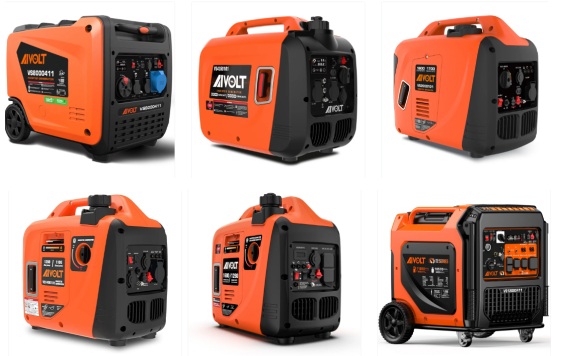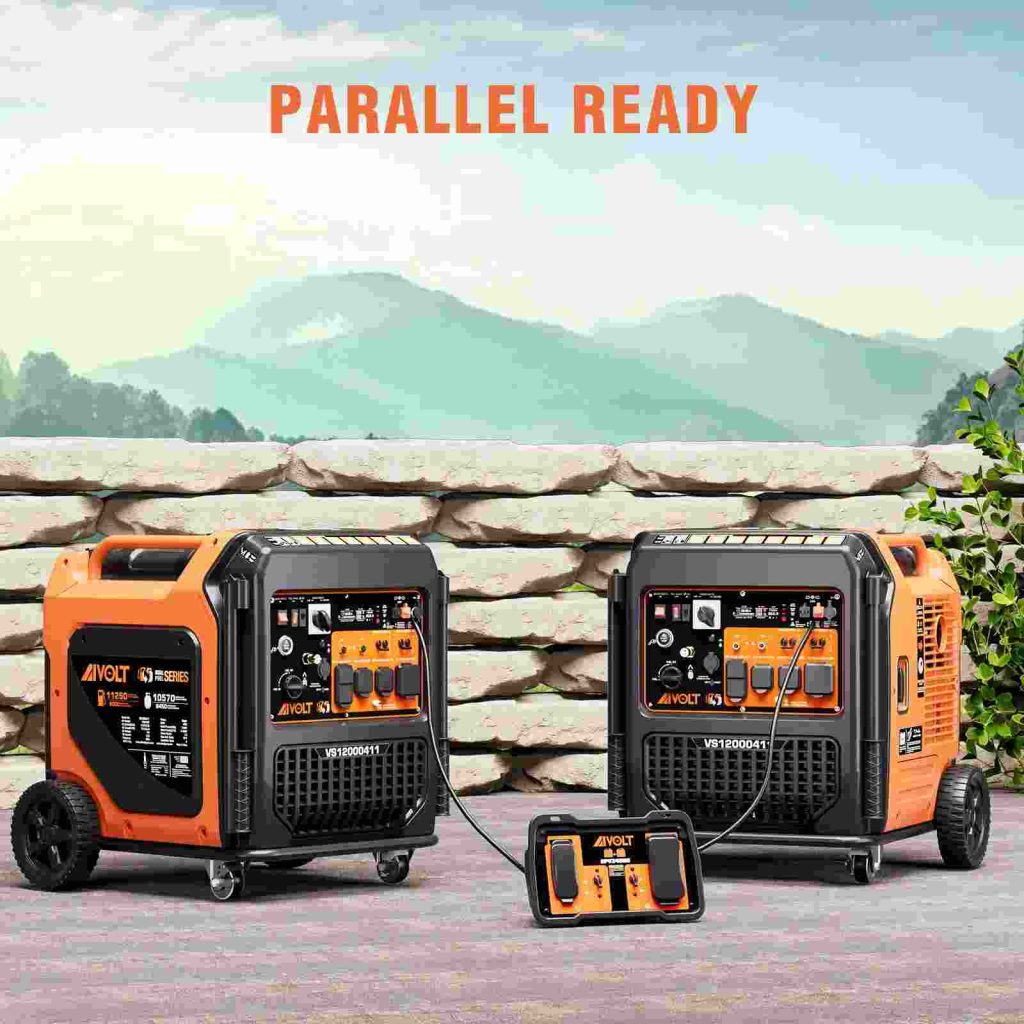How Do Inverter Generator Work?
In modern life, electricity has long been an indispensable energy support. Whether it is for lighting during outdoor camping, emergency power supply after a household power outage, or the stable power demand of precision equipment in medical scenarios, reliable power generation equipment is required. As an efficient, clean and portable power generation solution, inverter generators are gradually entering more people’s lives. This article will start with the definition of inverter generators, elaborate on their working principles, analyze their core characteristics and advantages, compare them with traditional generators, and sort out various application scenarios to fully reveal the mystery of inverter generators for you.
What is an Inverter Generator?
An inverter generator is a portable power generation device that optimizes power output through advanced electronic technology. Its core feature is producing clean, stable sinusoidal AC power, with total harmonic distortion (THD) usually below 3%—far better than traditional generators.
Unlike traditional generators that operate at a fixed speed, it uses an “AC-DC-AC” conversion process and automatically adjusts engine speed based on actual load demands. This is not just a way to ensure power quality, but also boosts fuel efficiency.
This makes it a perfect source of power for devices that are sensitive to the quality of power (e.g. laptops, smartphones, etc.) and is suitable for situations such as outdoor activities and home emergency situations.
What Does an Inverter Generator do?
The working process of an inverter generator consists of three interconnected stages: combustion of fuel to generate power → AC-to-DC conversion → DC inversion to steady AC that ultimately delivers high-quality power.
Step 1: Fuel Combustion and Initial Power Generation
The generator’s “power source,” with the initial logic being similar to conventional generators, however, with different adjustments afterward. Once the combustion engine begins the fuel (e.g. gasoline) ignites inside the cylinder and produces high-temperature gas that can propel the piston and then drive the crankshaft. This converts chemical energy into mechanical energy. The crankshaft joins the rotor of the alternator, which is spinning rapidly in the windings of the stator. By using electromagnetic induction, an initial AC is created. However, this AC is not ideal: the The voltage fluctuates (100-300V) while frequency fluctuates according to engine speed, rendering it incompatible for usage by electronic.
Step 2: Conversion to Stable DC
To fix the initial AC’s instability, a rectifier acts. The AC passes through a diode-based bridge rectifier, converting alternating positive-negative current to one-way pulsating DC. A filter capacitor then smooths the waveform, eliminating fluctuations, and outputs stable DC (12V/24V/48V, per design)—a “power purification” step for subsequent inversion.
Step 3: Inversion to Stable Sinusoidal AC
This is the primary step that differentiates it from conventional generators and allows “clean power.” Microprocessors first track the load demand (e.g. the power of devices) and then adjusts the inverter’s parameters. Switches for power (e.g. IGBTs) quickly switch off or on cutting DC to pulses. Sine wave and filtering convert them into steady AC (e.g. 50Hz, 220V) with <3% THD, matching the quality of a grid in your home, and safe for laptops and medical devices.
In addition, the microprocessor continually monitors output. In the event of a change in load it adjusts the engine speed and inverter settings, increasing the speed for larger loads, while slowing down for smaller loads in order to reduce fuel consumption. Its “dynamic adjustment” is key to its efficacy and quiet operation.

Key Features of Inverter Generators
Based on the previously mentioned principles of operation, inverter generators possess key attributes that differentiate them from conventional generators, offering distinct advantages in different scenarios.
Clean Power Output
One of their best features of their sinusoidal AC output that has minimal distortion in total harmonics (THD < 3 %). The traditional generators typically create square-wave or modified sine-wave AC (THD > 10%) with significant voltage fluctuations, which can cause damage to delicate devices (e.g. laptop motherboards, phone charging, medical data error). Inverter generators are able to match grids’ quality and power precise devices directly, without the need for additional voltage stabilizers.
Energy Efficiency and Low Noise
Traditional generators operate at a set speed of 3,000 RPM (for the output of 50Hz) which results in high consumption of fuel and noise regardless of the load. Inverter generators regulate speed according to load: lower than 1500 rpm when there is no load (e.g. phones charging) to reduce fuel use and noise; 3,000rpm for high loads (e.g. fridge + lighting) to provide enough energy. The “on-demand speed” saves 30%-40% energy, and the noise level at 50-60 decibels (normal conversation)–far less than conventional generators’ 70-100 decibels (vacuum-like).
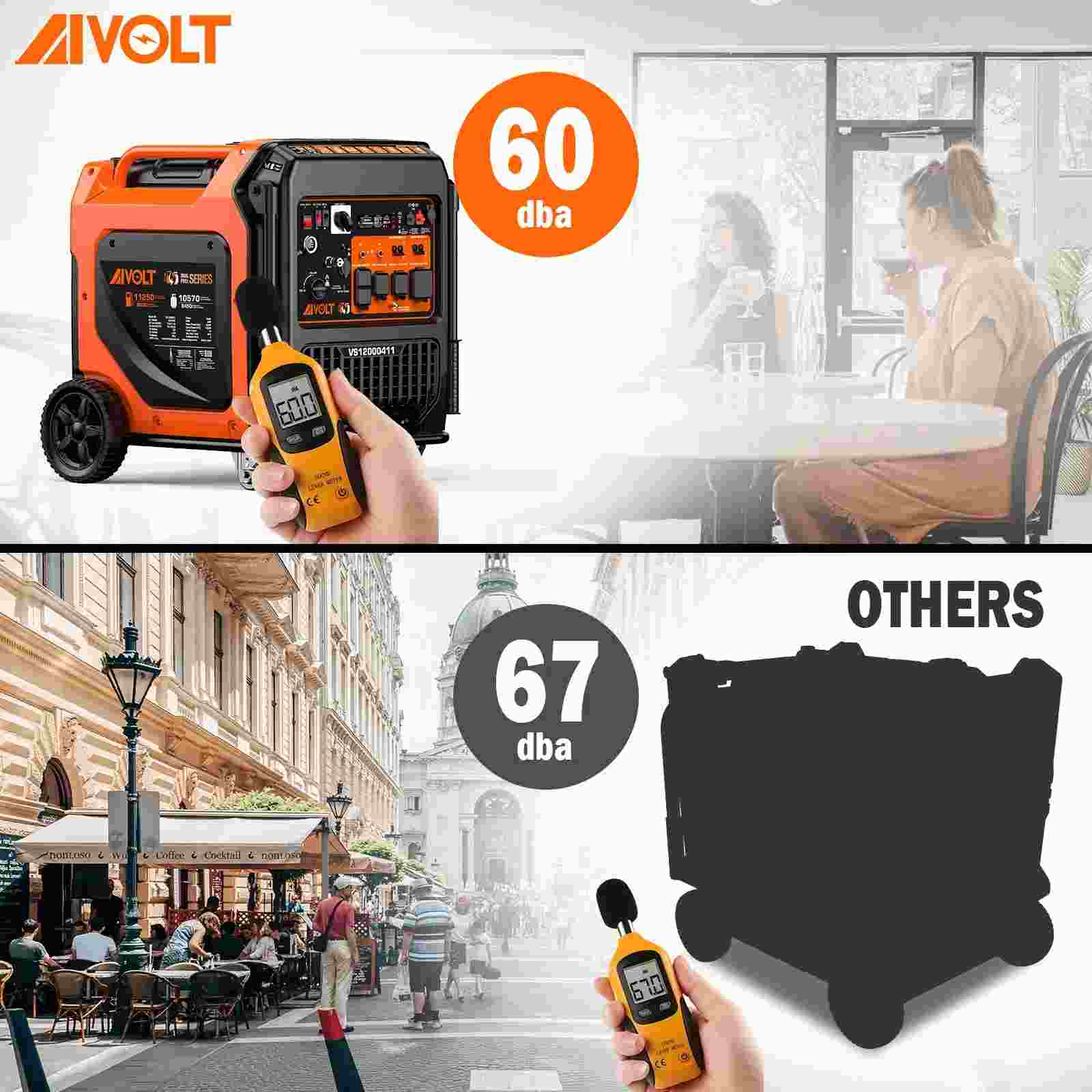
Compact and Lightweight
Utilizing tiny engines, integrated components (e.g. micro-inverters) and without large stabilizers, these models are thinner and light. The typical 2-3 kW models weigh between 20 and 30 kg (medium size suitcase, single-person carry) and models with a 1 kW weigh less than 10 kg (fits trunks for cars). The portability is ideal for the RV, camping, and mobile work.
Support for Parallel Operation
Many can be operated in parallel. Connecting two identical units using an appropriate cable can double the power. For instance two generators with 2 kW can reach 4 kW, allowing for larger demands (e.g. small AC and several devices). This eliminates power shortages for single units and reduces the cost of purchasing a big generator, which offers the greatest flexibility.
Inverter Generators vs. Traditional Generators
To make clear the advantages of inverter generators, we are compared to traditional generators across their key features, cost of use and scenarios for use in the following table:
| Comparison Dimension | Inverter Generator | Traditional Generator |
| Power Quality | Pure and stable sine wave (THD < 3 %)) suitable for electronics with sensitive components | Sine wave that is rough or fluctuating (THD > 10%) can damage precision devices |
| Fuel Efficiency | High (on-demand speed), 0.5-0.8L/h at low load | Low (fixed speed), 1.2-2L/h regardless of the load |
| Noise Level | Low (50-60dB ) | High (70-100dB ) |
| Portability | Compact and light (20-30kg to power 2-3kW) | Bulky/heavy (40-50kg for 2-3kW, multi-person carry) |
| Parallel Operation | Supported (some models), flexible power expansion | Not supported, fixed power |
| Application Scenarios | Electronics with sensitive electronics, camping, RVs mobile work | Construction sites, high-power tools and fixed backup |
| Maintenance Difficulty | Moderate (engine and electronic checks for component) | Low (only engine maintenance) |
Inverter generators excel in power quality, fuel efficiency, portability, and noise control, suiting quality/experience-focused needs. The conventional ones are better in terms of initial costs and ease of maintenance, which is ideal for low-power, cost-sensitive fixed-high-power situations (e.g. construction sites, the construction site).
Application Scenarios of Inverter Generators
With features of “clean power, high efficiency, portability, and low noise”, inverter generators apply widely to outdoor leisure, home life, commercial operations, and more.
Outdoor Leisure Scenarios
- Camping and Picnics: These devices provide power for outdoors lighting (e.g. LED lights, for example) and smaller appliances (e.g. rice cookers,) and gadgets for entertainment (e.g. projectors,). For instance an outdoor camping trip on a weekend can be run by an electric hot pots while charging cameras and phones without power interruptions or risk of damage to the device.
- RV & Yacht Travel: As “mobile power supplies”, they run on-board fridges, air conditioners, and microwaves for RVs (solving battery life issues) and provide backup power for yachts’ navigation/communication equipment. Their small size and low noise save space and avoid ruining trips.
- Outdoor Events: For marathons or outdoor concerts, they power temporary lighting, audio gear, and emergency medical devices—low noise ensures no disruption.
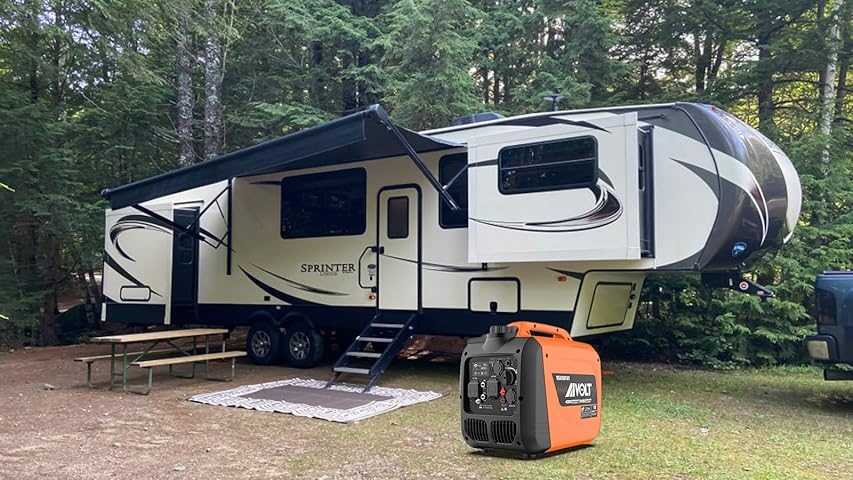
Home Emergency Scenarios
- Protection from power outages: In the event that severe rains or typhoons cause blackouts, they quickly begin to charge fridges (preventing the spoilage of food) lighting (night security) and routers (internet) and mobile phones (emergency call). Some support direct USB charging.
- Rural Areas: Remote or mountainous regions with limited access to grid power, the remote areas function as power backup to small devices (e.g. televisions washing machines, TVs) to enhance the quality of life and provide high efficiency in fuel consumption making long-term expenses affordable.
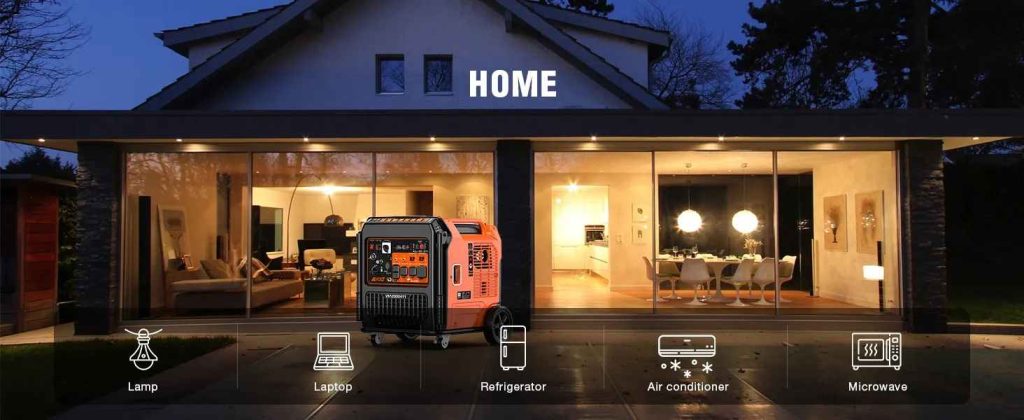
Commercial & Operational Scenarios
- Mobile Operations: For outdoors construction (e.g. renovation, construction) and mobile stands (e.g. food carts) powered by electric cutting machines, drills freezers, lighting, and. They can move around with locations of work, without a grids that are fixed.
- Small Business Emergencies: For convenience stores, supermarkets, and clinics, they act as emergency power to avoid losses from outages (e.g., spoiled food, halted medical gear). Clinics, for example, use them to run blood pressure monitors and ECG machines for uninterrupted treatment.
Summary
Incorporating mechanical power and electronic control technology, inverter generators are gradually replacing traditional generators with their four core advantages: clean power, high energy efficiency, low noise, and portability. They have become the first choice for outdoor leisure, home emergencies, and commercial operations.
Their “AC-DC-AC” conversion process and dynamic speed adjustment mechanism solve problems like unstable power supply that plague traditional generators.
If you want to choose a suitable inverter generator, visit the AIVLOT to easily find products that meet your needs.

